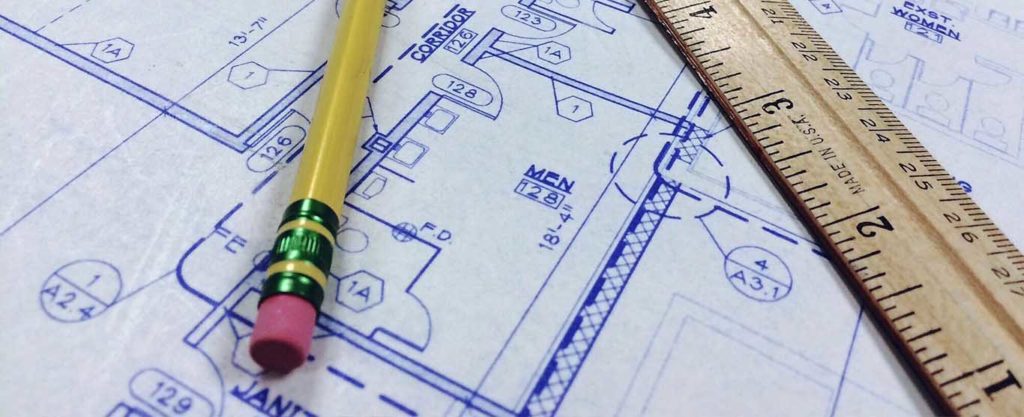
Contractors can never really be positive about how much money they might make on any given project. However, the outcome is going to be heavily influenced by the estimate you produce at the very beginning of the process.
That’s why estimating is much more than plucking numbers out of thin air and guesstimating. How could you expect to make a profit if you don’t consider your costs in detail? Unfortunately, honest mistakes can have much the same effect, so it’s vital that you iron out as many as possible before submitting any bid.
Here are the top six reasons why contractors tend to make mistakes when they prepare their estimates, plus our recommendations on how to minimise each risk.
Not choosing your projects wisely
One huge fatal error is to waste time bidding on a job that simply isn’t right for your business. Even if you’ve started before you realise this, don’t be afraid to stop and cut your losses if you figure out there’s no way you can make money. Better to realise now than further down the line.
Some jobs might be too big, some might be too small, and others might be too complex or require expertise you know you don’t have available. Whatever the reason, it’s important to identify your own strengths and weaknesses rather than attempting to take on anything and everything available to you.
Otherwise, you risk being unable to deliver what the client expects, and one problematic job can even have an impact on other work you’re doing at the same time, doubling the risk to your profits.
Counting incorrectly in your takeoff
The takeoff process isn’t typically any contractor’s favourite part of the process. It’s notoriously tricky, especially when you’re facing a lot of complex drawings and only a short amount of time to review them in order to create your quote.
Therefore, it’s very common for minor errors to end up in the final estimate, whether it’s something that’s been missed completely or something that’s been counted twice by accident. Either way, inaccuracies are harmful to your margins, so you really need to check everything at least once or twice, and get someone else to do the same.
Doing this process using computer software, allowing you to work from PDF files instead of printed drawings, is also a fantastic way to speed things up and increase accuracy at the same time.
Missing details about the site
If you have any opportunity to visit the site where the work will be taking place before you put together your bid, you need to make sure you do. If this isn’t possible, you’ll need as much information as you can get to avoid making avoidable (and expensive) errors.
Meeting the client on-site before you start is usually a great way to gain more understanding of the location, layout and any potential problems such as limited access to certain areas. Sometimes this might be among the essential criteria before you can even bid, but even if it’s not, you should consider it a priority.
Any unexpected logistical problems will likely reduce your profits, so this step really is important. Drawings can be deceiving out of context, and you might not even notice you’re making assumptions until it’s too late.
Not allowing enough time to bid
We’ve already mentioned how important it is to double check your work, but don’t forget that time is of the essence. If you end up submitting your quote too late, there’s a high probability that it will all have been for nothing because the client went with your more punctual rival.
It’s all about getting the process right, so you can produce quotes in a timely fashion while still being confident they are as accurate as possible. This is another area where the right estimating software can really help, because it makes this stage much more efficient.
Above all, you need to make sure you don’t rush. This is when careless mistakes spiral out of control and make the biggest impact on the figures. Even if you think you’ve done a similar job before, that’s reason to take shortcuts and make assumptions. What’s more, a client might even be able to tell if you’ve rushed a bid, and that can reflect poorly on your business.
Ignoring risks and hoping for the best
Sometimes it can be difficult to account for complex risks, when you’re not sure on the chances of any potential problem occurring or how much it might cost you. However, that doesn’t mean you shouldn’t do your best to factor in as many as you can, from financial risks to health and safety hazards.
The risks involved with any given project will be unique, but you should be able to take a methodical approach to identifying them and weighing up the possible costs of minimizing those risks, or dealing with a problem if it does occur.
Some risks might be significant enough to go back to the first step we talked about and back out of the project as quickly as possible. You’ll only know if you make a focused effort to calculate those risks instead of brushing them under the rug.
